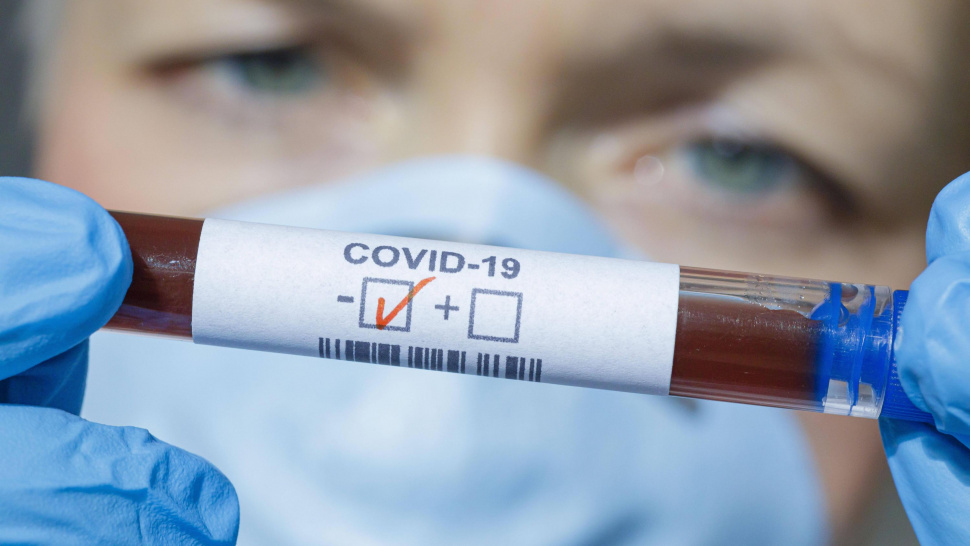We are going to offer you in this text only the things that we are so far sure of.
What are coronaviruses?
Coronaviruses are a large family of viruses that cause diseases ranging from mild colds to severe respiratory diseases, such as the known Middle Eastern Respiratory Syndrome (MERS-KoV) and Severe Acute Respiratory Syndrome (SARS-KoV).
In addition to these known ones, a new coronavirus (2019-nCoV) has emerged in China. It is a strain not previously identified in humans.
The source of the infection
Coronaviruses are zoonotic, which means they first develop in animals before they develop in humans. In order for a virus to pass from an animal to a human, a person must come in close contact with the animal carrying the infection.
The Hunan Market in Wuhan is believed to be the source of the coronavirus infection.
Incubation period
According to the World Health Organization (WHO), the incubation period is from two days to two weeks, with recent data showing that it can be extended to 21 days.
Symptoms of Covid-19
For now, we know that Covid-19 may not initially cause any symptoms. You can be infected with the virus for up to two weeks before you notice the symptoms. Symptoms known so far are: fever, gradually rising temperature, coughing, shortness of breath and shortness of breath, shortness of breath.
Possible complications of Covid-19
Pulmonary inflammation, severe acute respiratory syndrome, heart damage or heart attack, irregular heartbeat (arrhythmia), cardiovascular shock, kidney failure.
What are the differences between coronavirus and influenza virus?
Coronavirus and influenza infections have similar symptoms that make diagnosis difficult. The flu virus is much more common and deadly than Covid-19.
The main symptoms of coronavirus are fever, gradually rising temperature, cough and shortness of breath, while the flu is often accompanied by additional symptoms: muscle and throat pain, runny nose or stuffy nose, sneezing, sore throat, headache, fatigue.
When and where to seek help
If you experience any of the above symptoms and have traveled to China, Japan, Italy, or have been in close contact with someone who has been confirmed by Covid-19, contact your nearest health center.
How is the presence of coronaviruses determined?
Covid-19 is diagnosed by analyzing a sample, blood, saliva or tissue of a patient.
How to treat Covid-19
So far, there are no specific drugs that would apply to this virus. Therapy is used to strengthen the body, and the effectiveness of existing antiviral drugs is tested.
How is coronavirus transmitted?
Coronavirus is a respiratory virus that is transmitted from person to person drip. This means that the infection is transmitted by drops that the sick person releases into the air during sneezing, coughing, and talking, and are inhaled by another person.
Transmission of coronaviruses across surfaces
If droplets containing the virus reach the surface or spread through the contaminated hands of the diseased, someone else may also become infected by touching those surfaces and then their face (eyes, mouth, nose).
Door handles, elevator door handles, stair railing, public transport holding places are examples of surfaces that can be contaminated. It is not yet clear how long a virus can live on these surfaces - hours or days, but it is best to avoid touching these public areas and enhancing hand hygiene.
Older men at increased risk
Elderly men and men are at highest risk for coronavirus mortality - according to the most extensive study to date, the highest number of victims and patients is in these groups.
A World Health Organization (WHO) report found that the average age of people who are positive for this coronavirus is about 45 years, and more than two-thirds of the patients are men.
There are two possible explanations:
- men are more likely to have a serious illness and need hospital treatment,
- men, perhaps for social and cultural reasons, were more likely to be exposed to the virus at the outbreak.
Protection measures
Standard recommendations to prevent the spread of infection include - enhanced hand hygiene (frequent hand washing for at least 20 seconds with warm water and soap), covering the mouth and nose during coughing and sneezing, use of masks, disinfection of surfaces, thorough cooking of meat and eggs.
Avoiding close contact with anyone who shows symptoms of respiratory infections such as coughing and sneezing. Also, avoid staying in rooms with large numbers of people.
How effective is the use of a face mask?
In addition to enhanced hand hygiene and avoiding contact with potentially contaminated public areas, the use of a mask is one of the most effective means of protection.
Coronavirus vaccine
Since the emergence of a new coronavirus in China, scientists around the world have been trying to create a vaccine to stem the spread of the epidemic. Recently, a Shanghai pharmaceutical company made vaccine samples and animal testing is underway.
Symptoms and course of the disease
From day one to day five, fever and fever occur in the patient. They can also feel fatigue, muscle aches and dry cough. Few people have had diarrhea or nausea. On the fifth day, difficulty in breathing may occur in the patient - especially in the elderly with a history of the disease. According to a report by the University of Wuhan, acute respiratory distress syndrome - a collection of fluid in the lungs - occurs in 15% of patients on the seventh day. For the next two days, patients may experience abdominal pain and loss of appetite. Patients recovering from the virus are discharged from the hospital after an average of two and a half weeks.
We hope this article helped. Stay safe!



Share the News